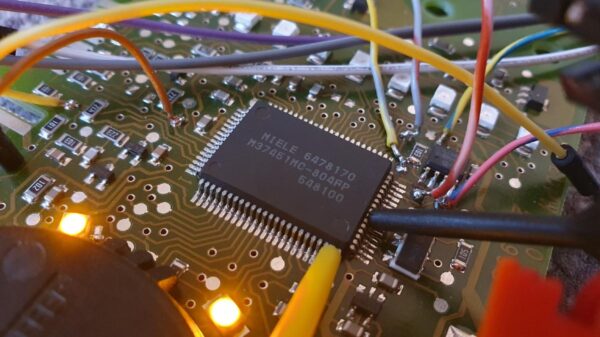A recent study from the University of Illinois Urbana-Champaign indicates that the brain benefits associated with exercise, particularly the generation of new neurons, may be achievable without physical activity. Researchers discovered that extracellular vesicles (EVs), which are tiny packages released into the bloodstream during exercise, can be transferred from one individual to another, maintaining their effectiveness in stimulating neurogenesis—the process of forming new neurons.
During the study, adult male mice were given unrestricted access to running wheels for four weeks, while a control group remained sedentary. Following this period, the researchers collected blood samples from both groups, isolating the EVs into two categories: exercise-derived EVs (ExerVs) and sedentary-derived EVs (SedVs). Subsequent experiments involved administering either ExerVs or SedVs to another set of sedentary mice, along with a placebo injection.
The results were striking. Sedentary mice that received the ExerVs showed a significant increase in the density of new cells, with 89.4% of these new cells differentiating into neurons, identified by the NeuN marker. The research team employed bromodeoxyuridine (BrdU) labeling to further investigate neuron generation in the dentate gyrus, a critical area of the hippocampus. The findings revealed that the ExerVs group had approximately 50% more BrdU-positive neurons compared to the control groups, while the SedV-treated mice showed minimal differences from the placebo group.
These findings reinforce the hypothesis that the benefits of exercise on brain health might not solely depend on physical activity. “Our findings demonstrate that systemically administered ExerVs robustly enhance adult hippocampal neurogenesis by approximately 50% in sedentary mice,” the research team stated. This conclusion was supported by a second cohort of mice, confirming that the observed neurogenesis was indeed linked to the EVs rather than genetic factors.
Importantly, the increase in new neurons did not lead to significant structural changes in the hippocampus. This observation aligns with previous studies indicating that the brain’s neuron growth is often balanced by natural processes such as synaptic pruning, where less effective neurons are eliminated.
Looking ahead, the researchers acknowledged the limitations of animal studies, noting they did not assess whether the increase in neurons enhanced cognitive functioning in the mice. Nonetheless, the results present a promising avenue for EV-based therapies that could potentially benefit individuals unable to engage in regular physical activity due to injury, neurological disorders, or age-related frailty.
Future research will focus on whether these EVs can improve cognitive functions such as learning and memory, and whether they may offer protection against neuron loss in conditions like depression, post-traumatic stress disorder (PTSD), and Alzheimer’s disease. The research team expressed optimism about the implications of their findings, stating, “ExerVs may represent a promising therapeutic strategy for conditions marked by hippocampal atrophy, given their ability to enhance adult neurogenesis.”
The study was published in the journal Brain Research, highlighting the potential for innovative treatments that leverage the benefits of exercise without the need for physical exertion. As research continues, the hope is that these discoveries may lead to new strategies for enhancing brain health across diverse populations.






































































